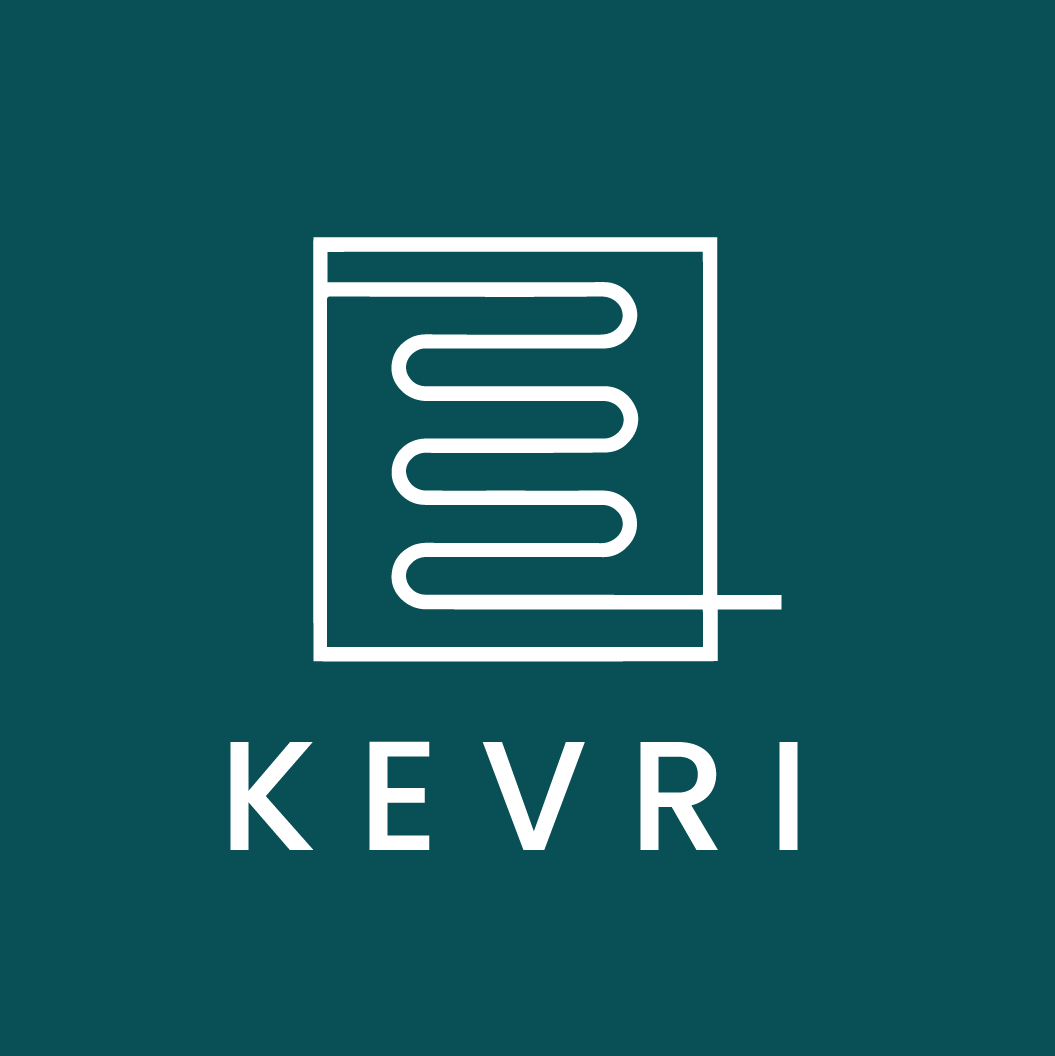8 types of impact to consider when planning your KE project
We encourage users to track their Pathway to Impact through our tool. Here are 8 types of impact to start thinking about.

In this quick guide, we explore the benefits of demonstrating the impact of your knowledge exchange and research and eight different types to consider.
Defining and measuring the impact of your knowledge exchange and research projects is a tough nut to crack.
Since there are no set rules or universal definitions, approaches and terminology can vary from one organisation to another, making communication and collaboration more difficult.
The Research Excellence Framework (REF) defines ‘impact’ as ‘an effect on, change or benefit to the economy, society, culture, public policy or services, health, the environment or quality of life, beyond academia’.
According to the University of Glasgow, impact research must also represent an evidenced, measurable effect, change or benefit to:
- the activity, attitude, awareness, behaviour, capacity, opportunity, performance, policy practice, process or understanding
- a wide range of stakeholders: an audience, beneficiary, community, constituency, organisation or individuals
- in any geographic location whether locally, regionally, nationally or internationally.
Why it is important to demonstrate impact in KE

The ability to demonstrate the impact of a KE project within higher education institutions (HEI) is valuable for many reasons. This includes:
- Access to funding: Government and research funders are becoming increasingly focused on the creation of economic, societal, cultural or policy-related impacts. Impact summaries as part of a case for support are key components in research council grants
- Formal recognition: Demonstrating impact enables universities to carry out formal recognition of activities in things such as Performance and Development reviews with staff.
- Review research: The process of defining the impact of a research project enables researchers to refine existing research questions and highlight new ones. It gives universities and HEIs the chance to reflect on the full range of possible impacts their project may have, that they might not have otherwise considered. This reflection can also open up possibilities for new funding streams.
- Establish a track record for KE impact: Keeping a record of the impact of your universities projects will make your work more attractive to funders and can help enhance an individual's career development.
- Personal satisfaction: Recognising the societal impact of your research and how it's making a difference to the world in some way is a great motivational driver for continuing the excellent work.
The above benefits of demonstrating the impact of KE projects are the prime reason the team at KEVRI encourage users to track their Pathway to Impact through their software tool.
Through various impact indicators, tags, and reflection boxes, researchers and HEI professionals can begin reflecting on the impact of their KE project or activity.
To help you understand how to better reflect on the impact of a KE project, here are the eight types of impact we help you to track with our tool...
8 types of impact
Attitudinal impact: Has your project sparked a change in attitudes among a group of people who share similar views towards a new attitude that benefits them or others?
Cultural impact: Has your project sparked changes in the prevailing values, attitudes, beliefs, discourse and patterns of behaviour, whether explicit (e.g. codified in rules or law) or implicit (e.g. rules of thumb or accepted practices) in organisations, social groups or society that deliver benefits to the members of those groups or those they interact with?
Environmental impact: Has your project led to genetic diversity, species or habitat conservation, and ecosystems - including the benefits humans derive from a healthy environment?

Economic impact: Has your project led to monetary benefits in terms of money saved, costs avoided or increases in turnover, profit, funding or benefits to groups of people or the environment measured in monetary terms?
Health and well-being impact: Has your project enabled better outcomes for the health of individuals, social groups or public health? This includes saving lives and improving people’s quality of life, and wider benefits for the well-being of individuals or social groups, including physical and social aspects such as emotional, psychological, and economic well-being and measures of life satisfaction.
Policy impact: This refers to the contribution that your KE/research makes to new or amended laws, regulations or other policy mechanisms that enable them to meet a defined need or objective that delivers public benefit.
Capacity or preparedness impact: Has your KE project led to new or enhanced capacity (physical, financial, natural, human resources or social capital and connectivity) that is likely to lead to future benefits, or that makes individuals, groups or organisations more prepared and better able to cope with changes that might otherwise impact negatively on them?
Other social impacts: This refers to benefits to specific social groups or societies not covered by other types of impact. For example, according to this FastTrack Impact example: Your research on education in collaboration with researchers working on low-cost internet-connected devices might lead to the development of self-taught courses that give millions of children access to education that would otherwise not have been possible.)
Other forms of decision-making and behaviour change impacts: Has your KE project directly or indirectly informed a wide range of individual, group and organisational behaviours and decisions, leading to impacts beyond the economy, environment, health and well-being or policy?
If you need further guidance on the different types of impact, check out this fantastic resource by FastTrack Impact.
Measure research impact with KEVRI
At KEVRI, we encourage users to track their Pathway to Impact and build upon their project challenges and successes through our tool.
To discover more, reach out to our team today!





